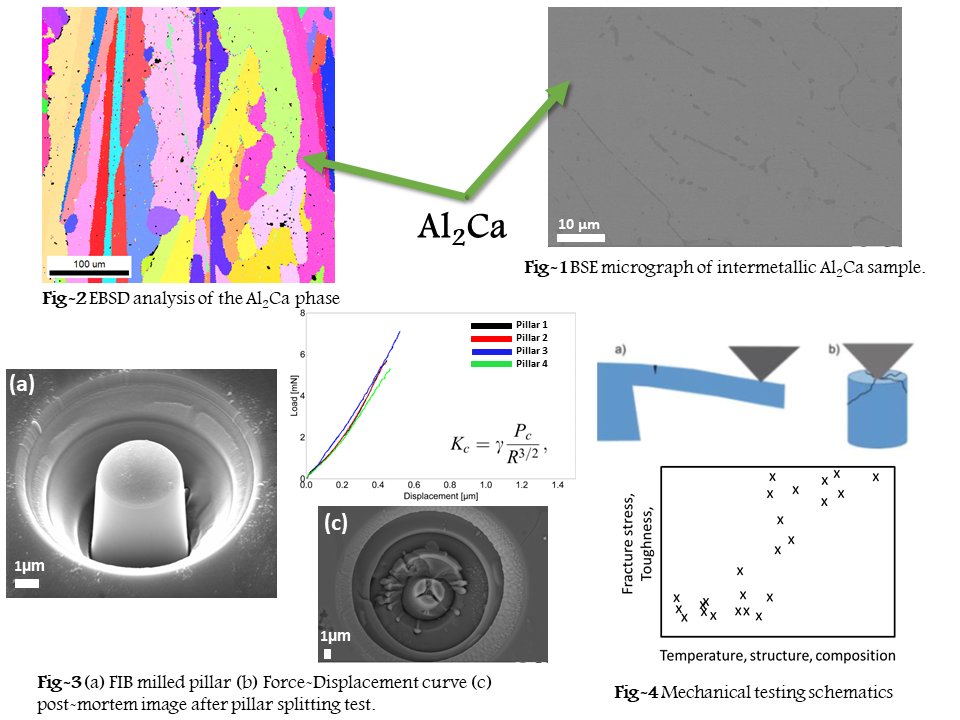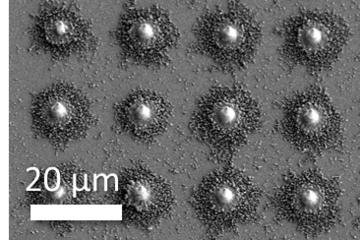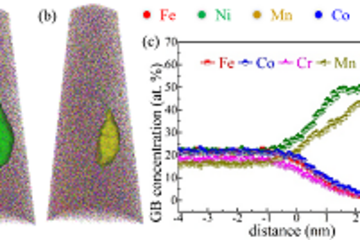
Fracture of Mg-Al-Ca intermetallics and the Mg-intermetallic interface strength: Effect of structure, composition and temperature
Complex intermetallic Laves phases as well as the intermetallic A12 (β-Mg17Al12) phase can play a detrimental role on the mechanical properties of Mg-Al-Ca ternary alloys. Project B06 explores the fracture properties of these intermetallic phases as a function of their structure and chemistry using miniaturised fracture experiments, in collaboration with other projects within the CRC. The experimental studies within project B06 include (i) downscaling the fracture experiments to micron and sub-micron dimensions, (ii) defining reproducible protocols for the qualitative analysis of fracture toughness as a function of crystal orientation and chemical composition, (iii) expanding the fracture experiments to elevated temperatures (up to 600°C), (iv) studying the role of defects such as grain boundaries within the intermetallic phases on the fracture toughness, and (vi) using novel shear testing to obtain quantitative data on the strength of the interface between the complex intermetallics and the Mg-matrix. For this test, several bi-and multilayered composite films will be used with alternate layers of intermetallic phases and Mg-based solid solution. The fracture analysis will be carried out using linear elastic fracture mechanics when there is lack of plasticity, and elasto-plastic fracture mechanics at higher temperatures. SEM based electron spectroscopy (EDX, WDX) coupled with electron diffraction (EBSD) will be used to characterize the local chemistry, phase analysis and crystal orientation. This information will help to better understand the materials before preparing them for in-situ SEM combined with micromechanical testing and nanoindentation. Within the scope of the CRC, project B06 will assist in interlinking defect phase diagrams for dislocations, surfaces, and phase boundaries of the intermetallic phases with the mechanism-property diagrams.













